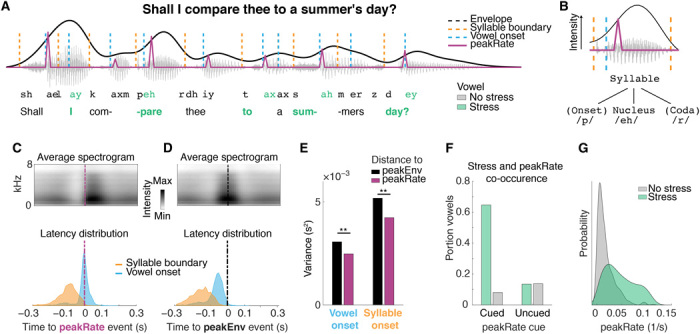Fig. 3. peakRate events cue the transition from syllabic onset consonants to nucleus vowels.

(A) Waveform of an example sentence with lexical stress, syllabic boundaries, vowel onsets, and peakRate events. peakRate events are concurrent with vowel onsets but not with syllabic boundaries. Middle: Schematic of syllabic structure in the example sentence, marking stressed and unstressed syllables. (B) Schematic of the envelope profile for a single syllable and the linguistic structure of a syllable. Intensity peaks on the syllabic nucleus relative to onset and coda. (C and D) Average speech spectrogram aligned to peakRate (C) and peakEnv (D) events. Top: Average speech spectrogram aligned to discrete event. peakRate events occur at time of maximal change in energy across frequency bands, whereas peakEnv events occur at times of maximal intensity across frequency bands. Bottom: Distribution of latencies of syllable boundaries and vowel (syllable nucleus) onsets relative to discrete event occurrence. Nucleus onsets are aligned to peakRate events more than syllable boundaries. For peakEnv, both distributions are wider than for peakRate alignment. (E) Variance in relative timing of syllable and vowel onsets and temporal landmarks. Smaller variance indicates that peakRate is a more reliable cue to vowel onsets that peakEnv, **P < 0.05. (F) Co-occurrence of peakRate and vowels for stressed and unstressed syllables separately in the TIMIT stimulus set. PeakRate is a sensitive cue for C-V transitions, particularly to stressed syllables. (G) Distribution of peakRate magnitudes in stressed and unstressed syllables. Above a peakRate value of 0.05, a syllable has a 90% chance of being stressed.
